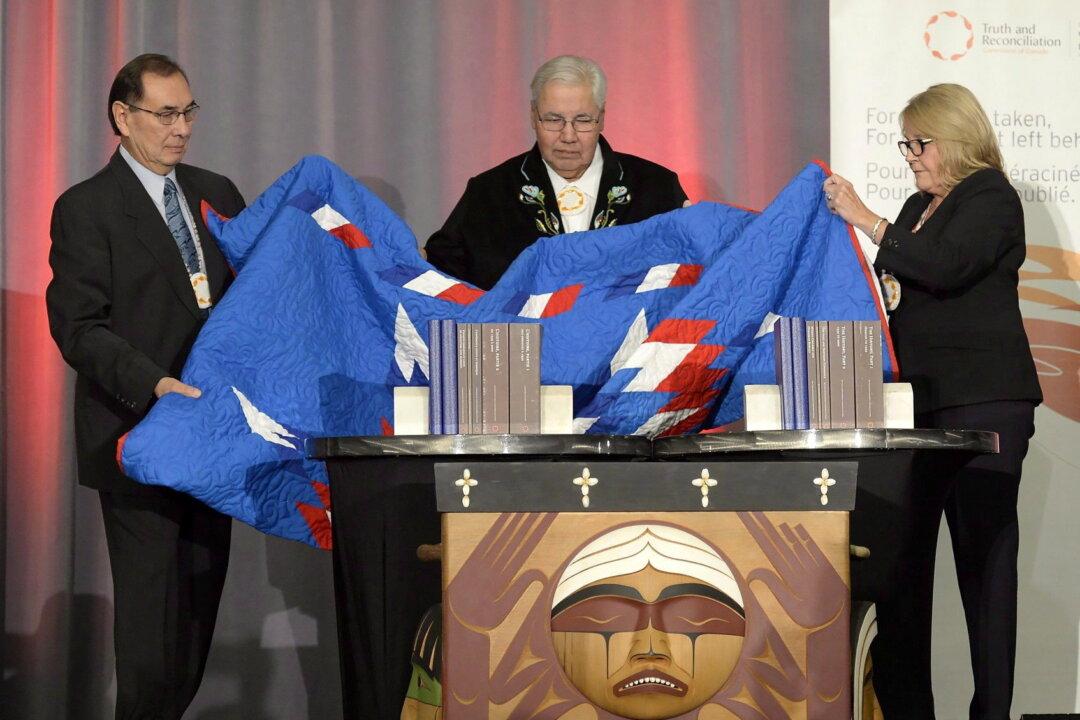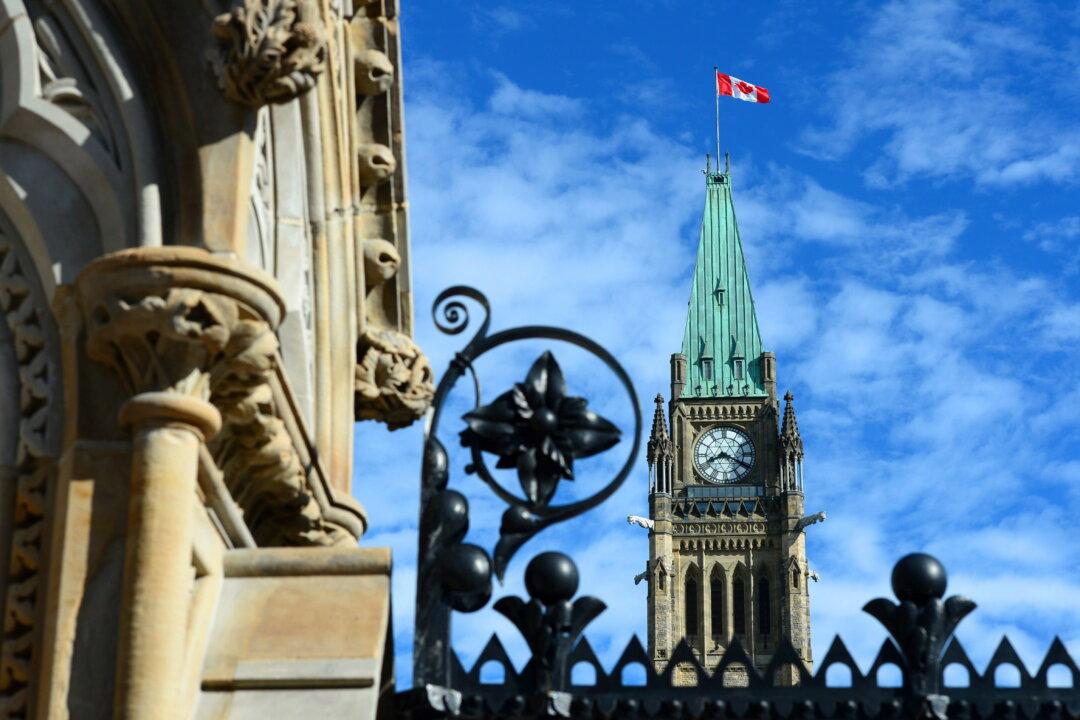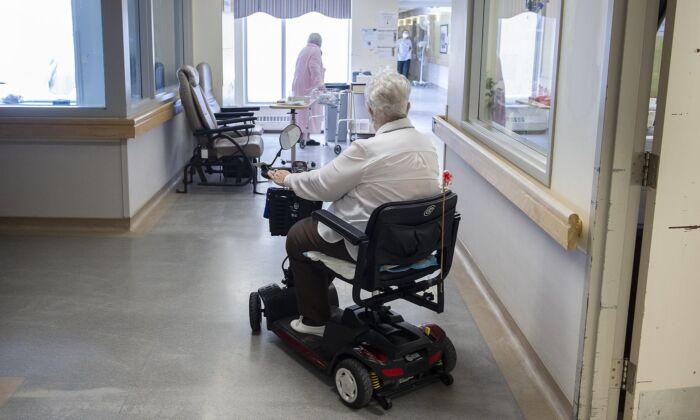Introduction
The prevailing vision of our time—the vision of the anointed—has shown an extraordinary ability to defy evidence. — Thomas SowellSince the time of Confederation in 1867, Canadian federal, provincial, and territorial governments have set up many commissions of inquiry to examine a wide variety of public policy issues. Arguably, three of the most important inquiries were the Royal Commission on the Status of Women, established in 1967 and reporting in 1970; the Royal Commission on Newspapers, established in 1980 and reporting in 1981; and the Royal Commission on Aboriginal Peoples, established in 1991 and reporting in 1996.
As a general rule, politicians have created commissions of inquiry because they felt pressure from citizens and special interest groups to examine important issues that would require in-depth study. Quite often, politicians claimed that such inquiries would lead to policies that would help the nation, improving the lives of most, if not all, Canadians. The injustices affecting women, the concentration of media ownership, and the plight of aboriginal people were all seen as important public policy issues that needed careful examination. In these cases, legislation was proposed, debated, and passed, but often the reports still provoke controversy among some Canadians.
The Truth and Reconciliation Commission Report
The checkered history of government-appointed commissions is the context within which the Truth and Reconciliation Commission of Canada was set up. Even though it was not a royal commission, the TRC was still an extremely important body of inquiry charged with the delicate task of examining the history and ramifications of the Indian Residential School system, collecting and assessing tens of thousands of documents, and soliciting testimonies from thousands of former students, employees, and other informed people.The goal of the TRC Report was to provide Canadians with a comprehensive understanding of the involvement of the federal government and the churches in the creation and operation of a system nominally intended to provide indigenous children with an education that would roughly prepare them for life in an evolving Canada. After a somewhat difficult beginning, the Commission focused on residential schools and hostels that existed from the time the federal government began funding these schools in 1883 to the closing of the last school in 1996, a period of 113 years—about one-quarter of the period since Europeans began arriving in these indigenous-occupied lands.
Three respected Canadians—Justice Murray Sinclair, Chief Wilton Littlechild, and Dr. Marie Wilson—were appointed as commissioners in 2009 and spent six years holding public meetings, listening to the testimonies of thousands of people, and amassing thousands of documents before completing a 3,500-page report that included 94 very wide-ranging recommendations, titled “Calls to Action.” The seven-volume TRC Final Report was published in the summer of 2015.
In 2021, six years after the TRC Report was published, those contributing to the first edition of this book are among a handful of Canadians who recognize that the report and the subsequent media attention have opened several crucial issues for wider discussion, debate, and critical analyses. It would be a mistake to think that our book attempts to discount the whole report. In fact, readers of Chapter 2 will find that we support much of what the Commission has found, but we are critical of some of its most confident statements and claims.
We believe that to correct injustices and answer the grievances that have arisen from indigenous children attending residential schools, it is essential that there be careful analysis, debate, and discussion beyond what is presented in the TRC Report. The contributors to this book have made a close examination of certain contentious issues that even the most reliable media have unfortunately failed to examine. Because we believe that effective public policies will only result from a fair, honest, and strong debate of the many issues in the TRC Report, we invite others, both indigenous and non-indigenous, into a wide-ranging and, we would like, respectful discussion of this important report.







